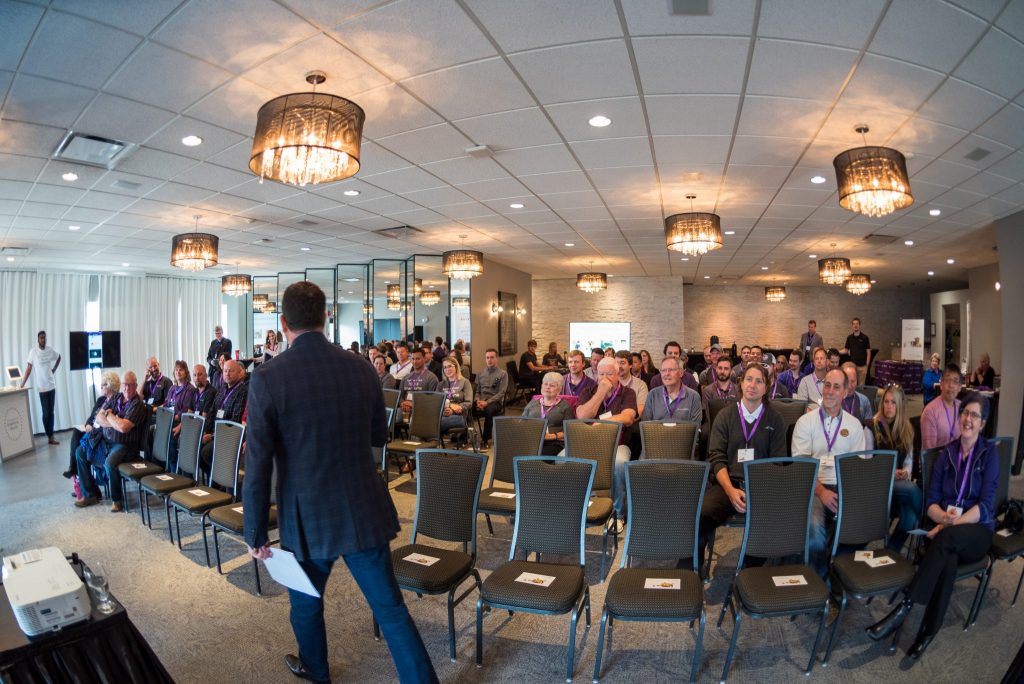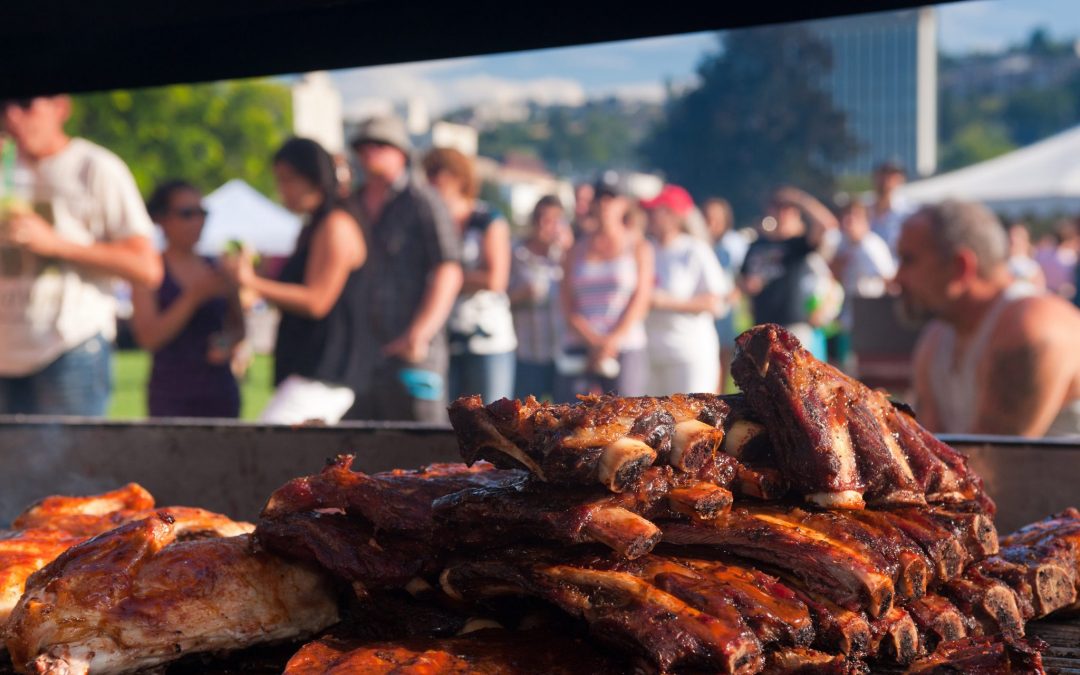The Art of Event Photography
I know, the title of this blog, “The Art of Event Photography”, may sound a little pompous and boastful; however, there is ‘art’ to doing it right and capturing those special moments. As a Kamloops Event Photographer, I’d like to share some of my passion for this genre of photography.
A WHOLE DIFFERENT ANIMAL
While many of the same technical rules of photography apply to this genre, there are some elements that are unique to this style of shooting. I’d like to share some of them with you, based on my years of photographing hundreds of different events, everything from small not-for-profit fundraisers to huge corporate conventions involving thousands of participants. While the scope of these events may vary, the aim is the same; to capture spontaneous and memorable moments with my lens. I’ve also sprinkled some of the images from these events throughout this Blog.

What makes this style of photography so appealing to me is the fluid motion within the frame; elements within the viewfinder are changing second to second. While this can be daunting, it’s also rewarding to capture and “freeze” a moment in time, never to be recreated again. Simply, right? Not exactly. There is an “art” to it.
THE CHALLENGES
First thing to consider is to meet with the client to determine their expectations from the photoshoot and what the images might be used for. Secondly, are model and/or property releases required? This is an important step, if the photos are to be used for Commercial purposes and not just for Editorial use.
The next step is to secure the shot-list from the client, to determine what photos need to be taken, be it, the ribbon cutting or keynote speaker.
Now comes the fun part; checking out the venue. Each location, whether inside or out, presents itself with its own challenges and opportunities. For example, if it’s indoors, is the light level next to non-existent, or are you dealing with a mixture of ambient and artificial light…in other words, mixed lighting?
This can be challenging and that’s why I always shoot RAW, files, instead of JPEG, so I have control over everything in post production. It doesn’t guarantee perfection, but at least you have a fighting chance.
Another consideration are sight-lines. How much room have you got and what are the best locations to shoot from? Is it from an elevated position or down low? Each will give you a completely different mood, so know ahead of time, what ‘feel’ you want to portray through your images. As they say, “a picture is worth a thousand words”, so let’s not make the finished product, gibberish.
 THE TOOLKIT
THE TOOLKIT
When it comes to your equipment, get to know your gear! I can’t stress this enough. Far too many photographers buy expensive cameras and lenses and never take their cameras off automatic settings.
Learn the basics of the exposure triangle, white balance, depth of field, direction and colour of light, colour harmony, composition and how different lenses act differently and when to use which one. I discovered this by mistake, years ago. When I first starting taking photography seriously, I was hired to take a group portrait of a small business group, for their annual calendar. Rather than use a longer focal length lens, that flatters portraiture, I decided to use a wide angle lens and get close. The result was disastrous. Not only did it cause the heads on the edge of the frame look like aliens from the planet Zygork, the people in the front row were huge! What made it worse was the fact that the boss, who was rather portly, was determined to be in the front, which made them look like Jabba The Hutt. Lesson learned. One other suggestion when it comes to lenses; put your money into better glass, not bigger camera bodies. Buy a ‘fast’ lens for those low light jobs. A 70-200mm f/2.8 is a perfect example.
 EVENT DAY
EVENT DAY
Event day is always the payoff for all that hard work in planning the photoshoot. Before you head out, make sure you have everything you need and take an extra camera body along, just in case the first one fails. Now that you’ve mastered the technical aspects of your gear, you can concentrate on the creative element of photography! That’s the fun part. With the shot-list in mind, time to rock the house!Look for unique and spontaneous moments. They’ll be all around you, you simply have to “see” them.That’s the beauty of photography, it helps you notice things you never saw before. Plus, the fact that the composition is constantly changing, often at a frantic pace, it’s like shooting fish in a barrel. Opportunities abound.

SOME CLOSING THOUGHTS
I’ve often said that the power of the medium lies in the mundane, the ordinary. It’s noticing these little things and raising them to a whole new level. Another one of my favourite expressions is; “to see the extraordinary in the ordinary.” Feel free to check out many more of my samples of Kamloops Event Photography.
It’s not all icing though. Some things to try to avoid include extraneous elements creeping into the frame, like an elbow or part of a head. These are distractions and take the eye off the subject(s) in the frame. As well, when shooting a group scenario, wait for the moment when there’s some ‘space’ between the different elements within the frame, before pushing the shutter. Visual clutter can reduce the impact of a shot. Oh, one other important tip; look beyond the subject, to the background. Is there a post sticking out of their head or is it a distracting highlight? There’s nothing that can ruin a composition faster than a distracting background, even when it’s in soft focus.
There are other do’s and dont’s when it comes to Event photography, but that’s the topic of another Blog. Most of what you learn will not come from a book, online tutorial or a Blog, but will only come from experience and practicing your “art” and passion everyday. Good luck and have fun!
If you’d like to contact me about your own Event Photography needs, please click here.



